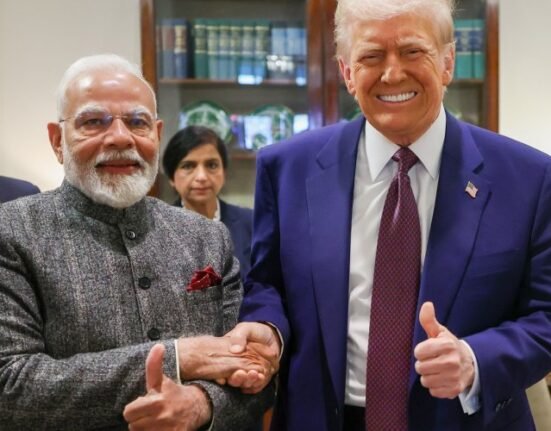In a significant development that could reshape global trade dynamics, the United States and China have reached a framework agreement aimed at de-escalating long-standing trade tensions. President Donald Trump announced via social media that a deal with China is “done,” pending final endorsement by President Xi Jinping. The deal paves the way for renewed cooperation: the US will secure access to critical rare earth materials, while Chinese students are expected to regain smoother entry into American universities.
This breakthrough comes after a temporary truce last month, which saw both sides accuse each other of violations. Still, the new framework offers hope that bilateral ties may stabilize and, more importantly, that similar agreements could follow with other nations—India chief among them.
The China Deal: Symbolic and Strategic
Beyond its immediate commercial scope, the US–China agreement carries significant geopolitical weight. The deal is seen as a strategic recalibration between two of the world’s largest economies at a time when global supply chains remain fragile and economic headwinds persist.
By resolving some of the friction around tariffs and trade restrictions, both countries are signalling a readiness to re-engage economically. China has agreed to concessions that include market access for certain US goods, while the US has offered relief from tariffs on select Chinese exports—particularly in technology and raw materials.
The Chinese government’s ability to hold its ground in negotiations has also sent a message to other countries engaged in talks with Washington. Notably, India appears emboldened in its ongoing negotiations with the US, particularly around contested issues like digital trade, agricultural imports, and intellectual property.
Implications for India–US Trade Talks
As US Trade Representative officials turn their focus to New Delhi, the shadow of the China deal looms large. India–US talks have been marked by friction over tariffs on industrial goods, access to India’s dairy and agricultural markets, and standards-related non-tariff barriers.
Though a comprehensive bilateral trade agreement between India and the US is unlikely before late 2025, the momentum generated by the China deal may help unlock at least an interim framework—especially ahead of the July 9 deadline. Such a deal might offer the US lower tariffs on certain goods and a commitment from India to streamline quality control norms.
However, New Delhi remains cautious. The US’s demands for open access to the dairy sector, for example, clash with India’s need to protect rural livelihoods. Domestic dairy players like Amul have historically resisted such provisions, fearing an influx of cheap imports.
Meanwhile, India has challenged the US at the World Trade Organization over its tariff hikes on automobiles and metals, and has signalled potential retaliatory duties. These moves underscore that while India is open to trade normalization, it will not do so at the cost of core economic interests.
A Turning Point in Global Trade?
The US–China agreement could mark the beginning of a broader shift toward de-risked but cooperative global trade relationships. For countries like India, the timing is critical. A deal with the US would offer access to a large export market, investment capital, and advanced technologies—but only if it’s structured on mutually respectful terms.
As both the US and India navigate their respective domestic priorities and election timelines, any future agreement must be politically sustainable and economically balanced. For now, the US–China truce provides a promising signal that diplomacy and pragmatism can still steer global trade back on course.







